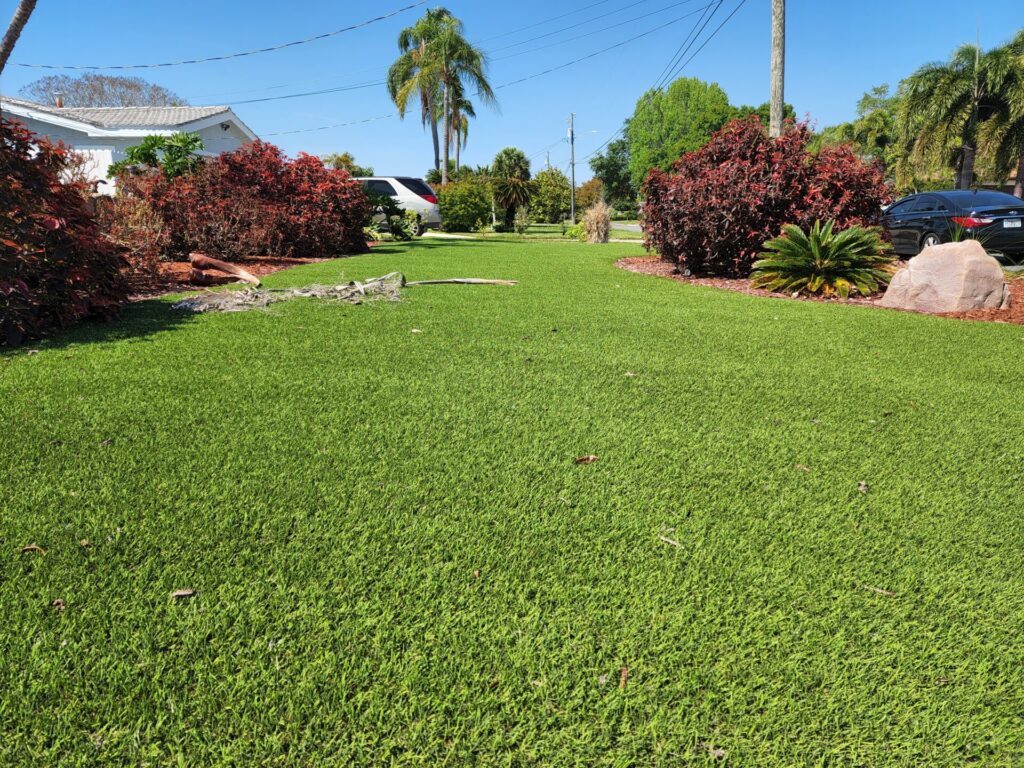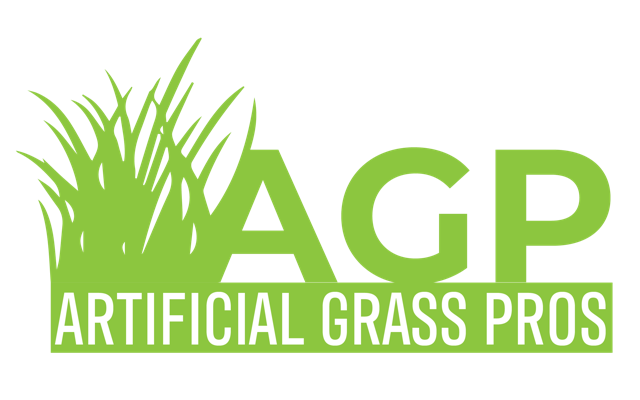Synthetic grass, also known as artificial turf, has become popular among homeowners and businesses due to its low maintenance, durability, and lush appearance. Understanding the installation process can help you prepare and ensure a smooth transition if you’re considering switching to synthetic grass. Here’s a comprehensive guide on what the process of synthetic grass installation looks like:
1. Planning and Measurement
Initial Assessment:
- Begin by thoroughly assessing the area where you plan to install synthetic grass. Consider factors like size, shape, and the current condition of the ground.
- Decide on the type of synthetic grass that best suits your needs, whether for landscaping, sports, or pet areas.
Measurement:
- Measure the area accurately to determine how much synthetic grass you will need. Add a few extra feet to account for cutting and fitting.
2. Gathering Materials and Tools
Materials:
- Synthetic grass rolls
- Weed barrier fabric
- Base material (typically crushed stone or decomposed granite)
- Jointing tape and adhesive
- Infill material (sand, rubber, or a combination)
Tools:
- Shovel
- Rake
- Compactor
- Utility knife
- Measuring tape
- Hammer and nails or landscape staples
- Power broom or stiff-bristled broom
3. Preparing the Ground
Clearing the Area:
- Remove any existing grass, weeds, rocks, or debris from the area. Use a sod cutter for large areas to make the job easier.
- Excavate the soil to a depth of about 3-4 inches to allow for the base material.
Laying the Weed Barrier:
- Roll out the weed barrier fabric to cover the entire area. This helps prevent weed growth under the synthetic grass.
4. Creating the Base
Adding Base Material:
- Spread a layer of base material evenly across the area. Aim for a depth of about 2-3 inches.
- Use a rake to level the base material.
Compacting:
- Compact the base material using a plate compactor to create a stable and solid foundation for the synthetic grass.
- If necessary, check for any uneven spots, add more base material, and compact again.
5. Laying the Synthetic Grass
Rolling Out the Grass:
- Unroll the artificial turf over the prepared area. Ensure the grass blades are facing the same direction for a uniform appearance.
- Let the grass sit for a few hours, allowing it to acclimate and settle.
Cutting and Fitting:
- Use a utility knife to trim the synthetic grass to fit the area precisely. Cut around edges, obstacles, and seams carefully.
Joining Seams:
- If multiple rolls are needed, join the seams using jointing tape and adhesive. Make sure the seams are tight and not visible.
6. Securing the Grass
Securing Edges:
- Secure the edges of the synthetic grass with landscape staples or nails. Place them every 6-8 inches along the perimeter to keep the grass in place.
Adding Infill:
- Use a drop spreader to spread infill material evenly across the grass. Infill helps to keep the grass blades upright and adds weight to the grass, preventing it from shifting.
- Use a power or stiff-bristled broom to brush the infill into the grass, ensuring it settles between the blades.
7. Final Touches
Brushing:
- Brush the grass again to help the blades stand up straight and distribute the infill evenly.
Inspection:
- Inspect the installation for uneven areas, loose edges, or visible seams, and make any necessary adjustments.
Cleaning:
- Give the synthetic grass a final cleaning with a leaf blower or broom to remove debris.
Maintenance Tips
While synthetic grass requires less maintenance than natural grass, regular upkeep is still necessary to keep it looking its best:
- Remove leaves and debris regularly.
- Rinse the grass periodically to prevent dust and dirt buildup.
- Brush the grass to keep the blades upright and evenly distribute the infill.
Conclusion
Installing synthetic grass is a detailed process that requires careful planning, precise execution, and suitable materials and tools. Following these steps, you can achieve a beautiful, durable, low-maintenance lawn that enhances your outdoor space. Whether doing it yourself or hiring professionals, understanding the installation process ensures you get the most out of your synthetic grass investment.


Recent Comments